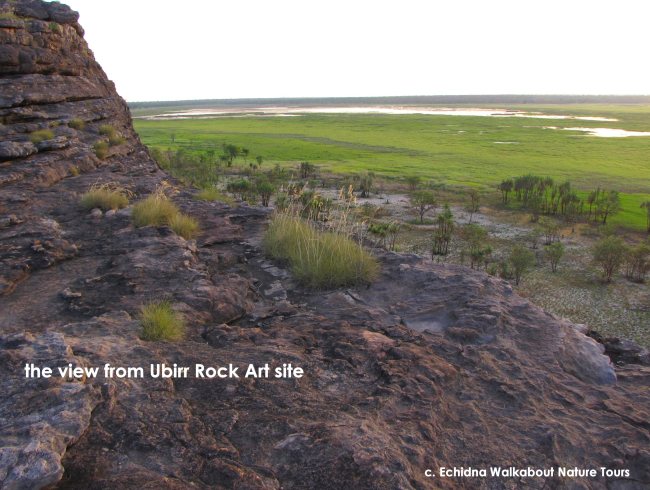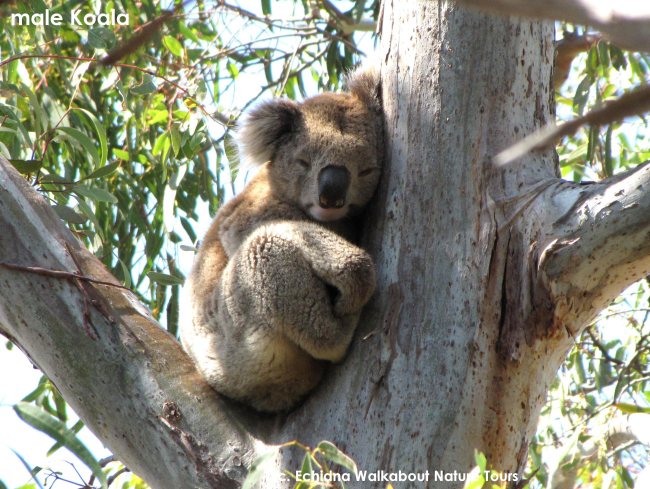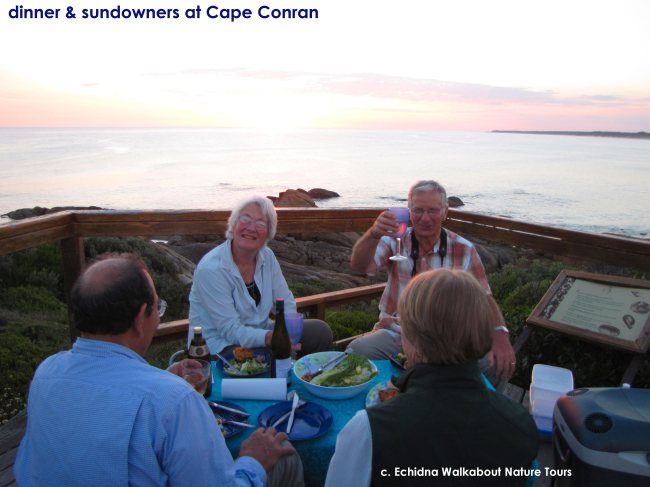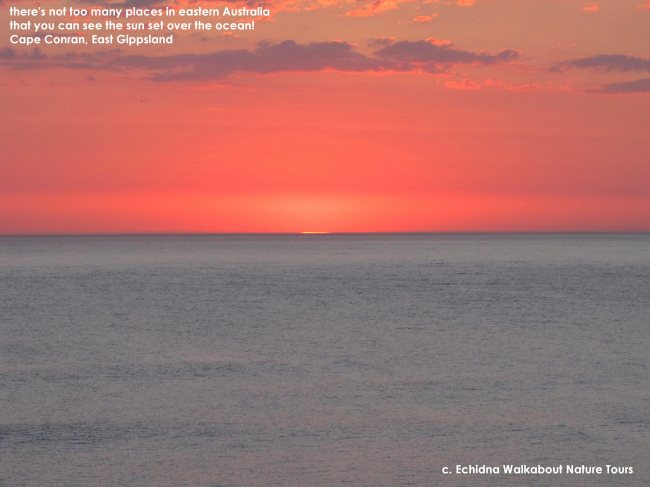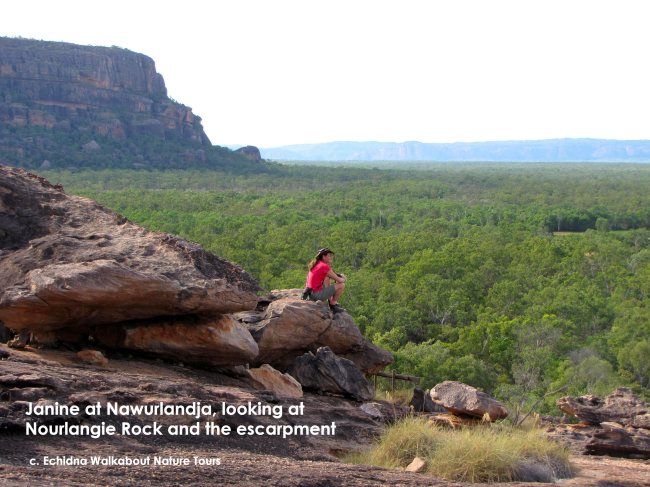
Everyone travels in their own unique way. Finding your own style of travel can take years, and lots of trips. We found ours on our first trip to Australia’s Northern Territory, and with it, we found the most exciting wildlife.
Australia is a subtle land, a slow land that has been formed and forged millions of years ago. Unlike Africa, who is male – Australia is a woman. She is difficult to seduce but when she becomes yours, she gives you everything. On our first trip to the Top End, she gave us wild Bustards.

The Australian Bustard is a big bird that requires healthy grasslands – an ecosystem severely threatened in Australia. We have plenty of grassland, but most of it on private property. Nutritious grassland was the most coveted of land in Australia’s settlement years, so it was snapped up quickly. Cattle in the north and sheep in the south trampled the soft, loose soil ruining the native vegetation. At the same time, large tasty birds were shot for the pot. So Bustards became harder and harder to find.
We’ve seen Bustards in our home state of Victoria, but rarely. They’ve become a symbol – of wildness, of healthy vast landscapes. So when we saw two males on the third day of our first trip to the Top End, we couldn’t believe our eyes.
We had driven along an unknown road that turned into a property driveway. It was one of those enormous Outback properties – no fences, no gates, just a cattle grid and a tiny sign: “Private Property – do not trespass”. We were about to turn back when we saw the bustards. They were walking, haughty and elegant with their noses up. Alertness has kept them alive all these years, and they had seen us. They ran along a little way, then took off – enormous wings straining to lift their weighty bodies.
If we’d stuck to the tourist tracks we would never have seen them. Our accommodation was in the small, relatively unknown mining town of Batchelor. We stayed for 2 weeks. When we booked the poor host could barely contain his shock: “2 weeks? Um, great!” He said. Then later “Are you sure you want to stay for 2 weeks? You know Batchelor is a small town.. not much to do” We laughed and assured him we’d be fine. And we were right.

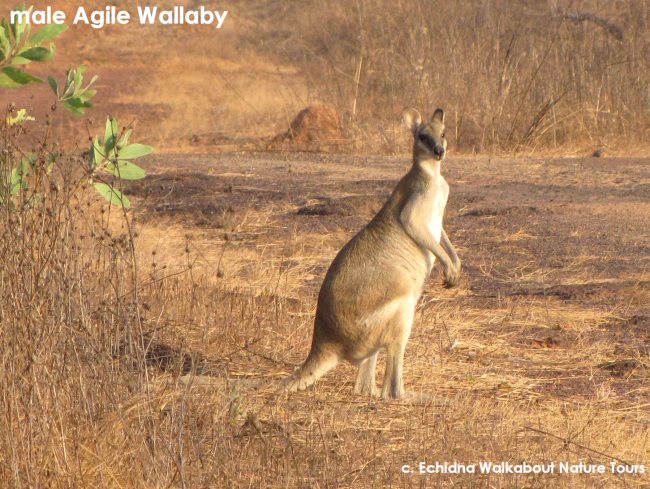
We spent two glorious weeks in Batchelor. It took us 4 days to even get to Litchfield National Park, the main drawcard, only 20km away. We looked at every creek, park, roadside strip of remnant vegetation. We found (and better still, learned about) Bustards, LIttle Kingfishers, Red-tailed Black-cockatoos, Red-winged Parrots, Chestnut-breasted Mannikins, Red-backed Fairy-wrens and Agile Wallabies.

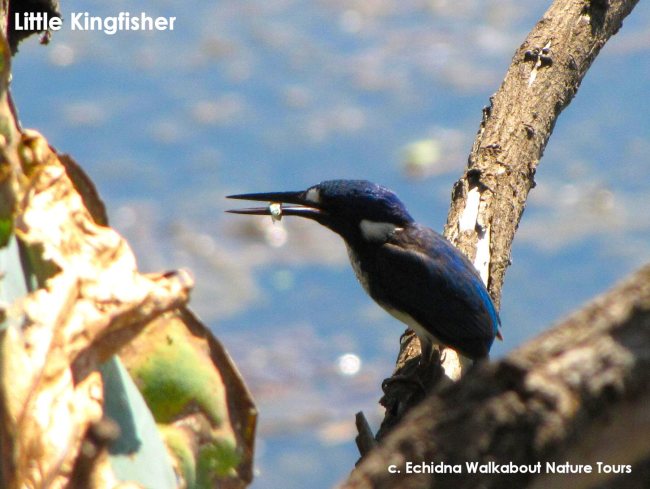
When we finally made it into Litchfield, our slow travel style delivered again. We spent hours on walking tracks without seeing a single other person. The Rainbow Pittas, Shining Flycatchers and Northern Rosellas became so familiar that we felt like we’d known them all our lives. We delighted in flocks of hundreds of Red-tailed Black-cockatoos flying home for the night. We often stayed out until dark, unable to drag ourselves away, and then had to deal with the wonderful nuisance of stopping the car every few kilometres to allow an enourmous python to get off the road.
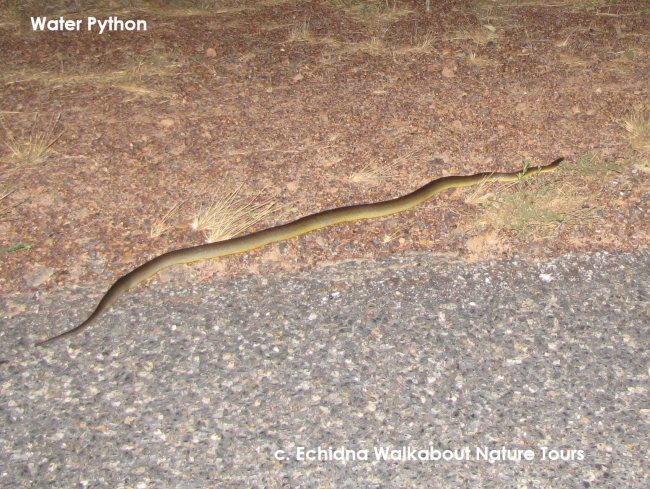

On our second, third and fourth trips to the Top End we used the same strategy. Find a spot and stop there for 4 days at least. Some places we became besotted by and didn’t want to leave, some places we simply enjoyed. All places had something special to offer. We met local people, and stayed in touch with them afterwards. We ate paw paws grown locally on an organic farm. We learned when to be afraid of Saltwater/Estuarine Crocodiles, and that some daytime temperatures really are too hot for walking.


But we didn’t see another Bustard.
We saw almost everything else, though! Antilopine Kangaroos, Short-eared Rock-wallabies, Chestnut-quilled Rock-pigeons, Gould’s Goanna, Beach Stone-curlews, Long-tailed Finches, Australian Pratincoles, Jabirus – I mean, really, we’ve been very lucky.


For our most recent trip we were guiding our first group. So we went a week ahead to check everything. We spent another wonderful four days at Jabiru on our own, followed by three days with the group. (“4 days at Jabiru?” all the locals cried “What for?” True, Jabiru is not pretty, but it’s right in the middle of everything and it’s wildlife is superb!!) Then we moved on to a favourite spot: Point Stuart Wilderness Lodge next to the Mary River National Park.
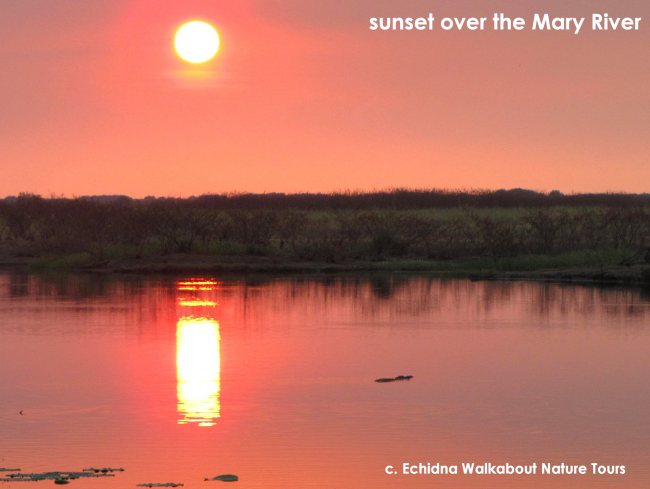
Mary River NP is Kakadu’s lesser known sister. The park doesn’t have the Arnhemland escarpment, the amazing rock art of Kakadu. But she’s got some wildlife! Boat cruises on the Mary River and Corroborree Billabong are incredible. Huge salties (Saltwater Crocodiles – the world’s largest and most dangerous crocodile) are the highlight, but the birds are pretty spectacular too. The Mary River apparently has more crocs in it than water.
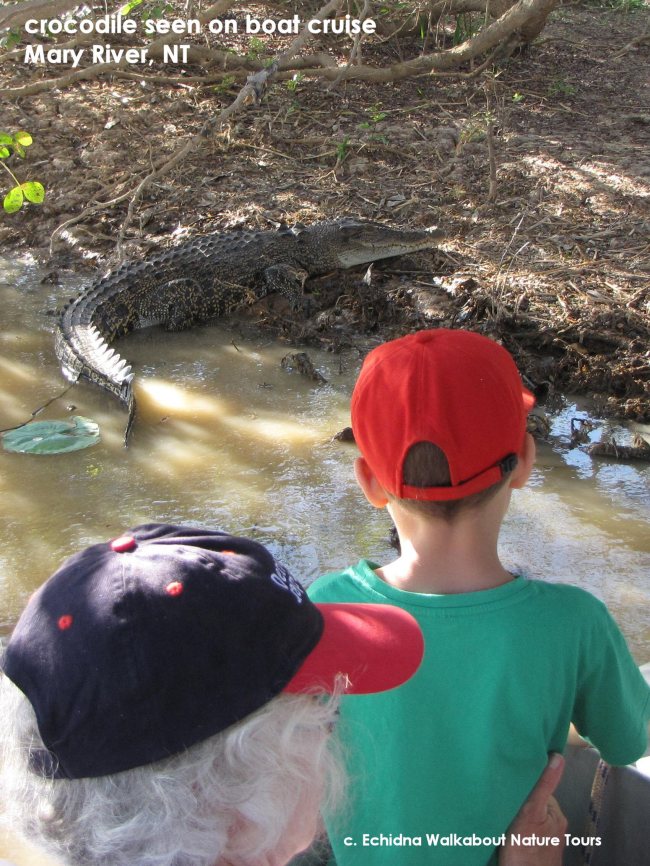
Point Stuart Wilderness Lodge is on the Mary River floodplain, and is one of the last places you can reach in a two-wheel drive vehicle. Beyond the lodge, the road to Point Stuart bumps along all the way to the Timor Sea. It is a region so wild and remote that most Aussies will never see it. Yet it’s a landmark of our history – it is the point where explorer John McDouall Stuart reached the sea on his 9 month epic journey from the south.
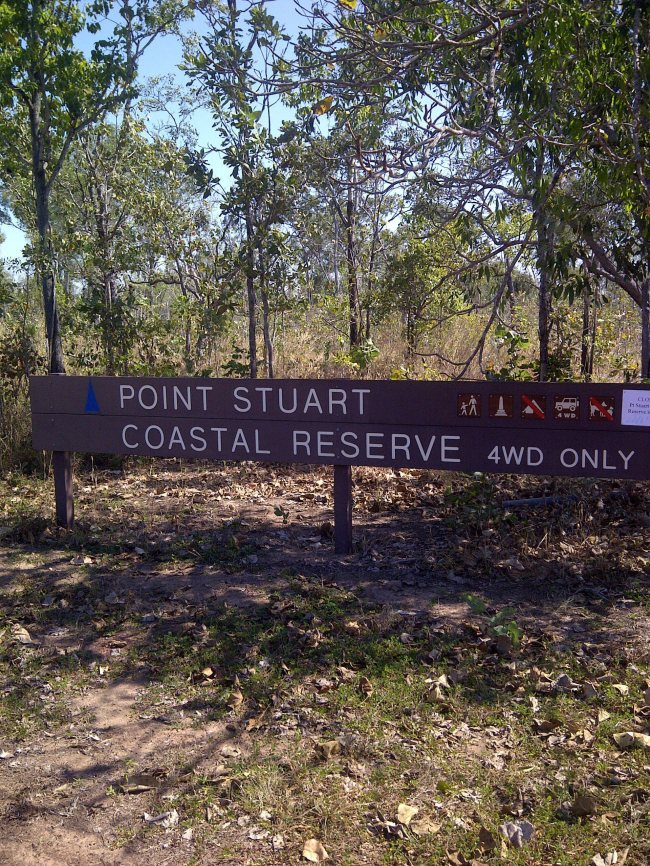
We liked Pt Stuart Wilderness Lodge the minute we first saw it. In true Territory-style the lodge buildings ramble, unpretentiously across the flat landscape. Everything happens on “Territory Time” – a slower pace than in the cities. On our second morning we rose late, thinking that we had missed all the wildlife, but needing the sleep.
I did my morning stretches, as I always do, facing the sun. A male Australian Bustard flew in. I remember holding my breath, not wanting to break the silent magesty of his presence. For a long, long few minutes he stayed right where he was, all of 50 metres away. I was awestruck.
We had wondered why we liked Pt Stuart, and whether we had done the right thing bringing people to this out of the way place. But our instinct for Australia proved right. We have loved her for years, and travelled gently on her back: respecting her wildlife, her indigenous people, her history. She rewards us often.
If you come and treat her well, she will reward you too!
